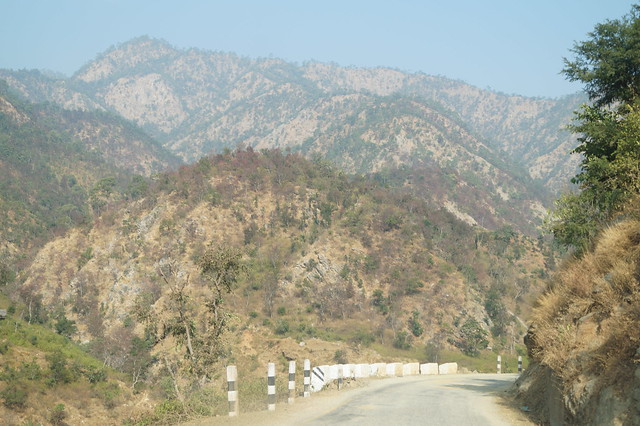Project Description
Myanmar Healthy Rivers Initiative (MK23 and MK24)
Donor: CGIAR Research Program on Water, Land, and Ecosystems | Duration: 2015-2018 | Location: Myanmar
Understanding river health requires monitoring of spatio-temporal trends in the ecological condition of the river and its capacity to continue to provide users with the goods and services they value. The Healthy Rivers initiative will drew on the partners’ Mekong and global experience with River Health Frameworks (RHF) to tailor a framework suitable for Myanmar, where conventional river monitoring is rarely available and government and community stakeholders need to draw on alternatives.
Informed by international best-practice, the Myanmar Healthy Rivers Initiative also served as an innovation to the field, exploring new opportunities for monitoring river health from space (remote sensing, global data-sets) and from the river bank (community-led citizen science techniques) to:
- ensure understanding of the river is improved even in data poor contexts like Myanmar; and
- empower stakeholders at all levels, from government sectors to community users, to engage in debate on river development and planning from a firm foundation of scientific evidence behind the planning of trade-offs and synergies.
The IWMI-led Healthy Rivers Salween project and the ICEM-led Healthy Rivers Ayeyearwady projects have been developed in close collaboration. Both projects were implemented with the same national partners: the Myanmar Institute for Integrated Development (MIID) and ECCDI. At the national level the two projects worked in full partnership to jointly develop a national RHF for Myanmar which uses GIS and remote sensing techniques to characterise trends in river health of relevance to national stakeholders from government, civil society and the private sector. The visions and needs for a healthy river system were compiled from different river user groups and an assessment and classification system deriveded to determine the health status and potential of rivers as measured by the condition of specific biological, hydromorphological, physical and chemical elements. This information was used to characterise and zone the river system, identifying both “hot spots” — areas of river health issues and conflicting stakeholder values and uses — and “sweet spots” — areas of exceptional ecological integrity and value.
Through a stakeholder-defined process, the project also worked at the river-bank level implementing community monitoring programs that empower local communities to understand and assess the health of the ecosystems which have been identified of high value to their way of life.
View ICEM’s photo album documenting some of the fieldwork conducted for this project on Flickr:






